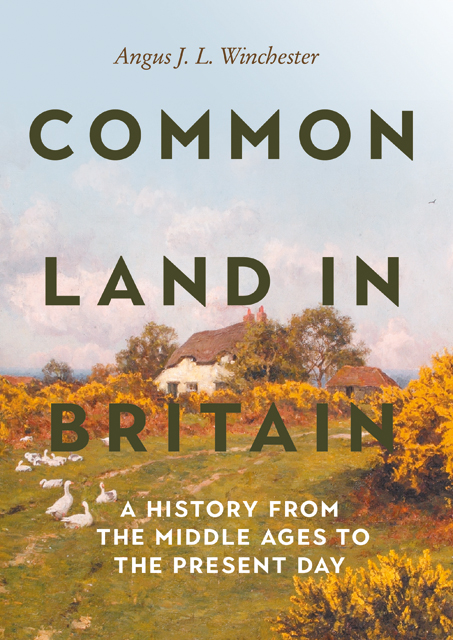Chapter 11 - Cockfield Fell, Co. Durham
Published online by Cambridge University Press: 20 December 2022
Summary
Co. Durham CL 8.
Cockfield fell comprises 557 acres (225 ha) of open pasture on the eastern flanks of the north Pennines at around 250m above sea level. Heavily scarred by industry, it remains an actively grazed stinted pasture, managed by field reeves under the terms of the Inclosure Act 1845. The common is remarkable for its palimpsest of relict features, not only a rich legacy of industrial archaeology but also at least three banked and ditched enclosures, probably of Romano-British date. A striking aerial photograph, taken in low light in November 1971, revealed the full complexity of the multi-period landscape of the fell. Its publication by Brian Roberts in 1975 ultimately resulted in the bulk of the common being scheduled as an ancient monument, said to be the largest scheduled monument in England.
The common consists of a stretch of grassland with patches of bracken and gorse, sloping north from the village of Cockfield down to the River Gaunless which forms the parish boundary. It is underlain by Carboniferous coal measures, capped by glacial till, but much of the surface is disturbed ground, the grassed-over legacy of the fell’s industrial past. Industrial remains are numerous and various (Figures 47 and 48). Coal-mining, recorded from the fourteenth century, has left the common pock-marked by collapsed shafts and subsidence, ranging from shallow bell-pits, where a seam outcropped at the western end of the common, to the heads of the deeper shafts of nineteenth-century collieries. Several sandstone quarries had been opened by the 1850s, while the most dominant landscape feature, the long, deep quarry trench (now largely filled in) following the igneous intrusion of ‘whinstone’ and its associated spoil heaps, dates from the later nineteenth century. Other sites of extractive industry on the common included a coke oven and brickworks, one recorded in 1811, a second by 1857. Associated with the industrial exploitation of the fell are the remains of the Bishop Auckland, Haggerleases & Barnard Castle branch of the North-Eastern Railway, opened in 1863, with a station on the common, a series of tramways, and rows of cottages at the railway station and beside one of the tramways at Fell Houses.
- Type
- Chapter
- Information
- Common Land in BritainA History from the Middle Ages to the Present Day, pp. 223 - 228Publisher: Boydell & BrewerPrint publication year: 2022

